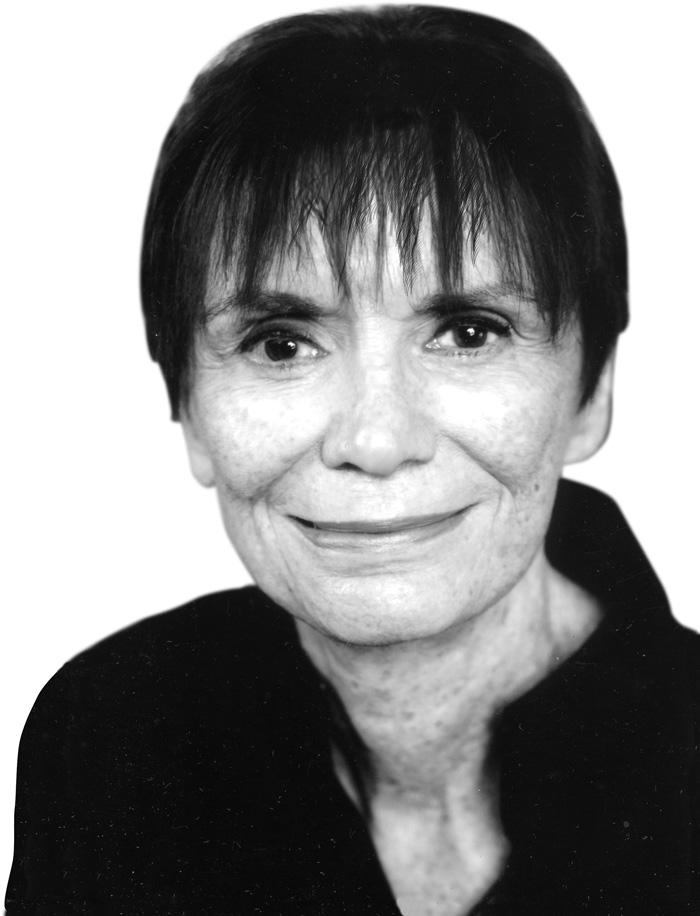ABOUT BARBARA BUSTETTER FALK (1928-2022)
SELF-TAUGHT ARTIST, ILLUSTRATOR AND AUTHOR
In her early twenties, Barbara pursued her fantasy of living in New York City but settled for Buffalo, NY, due to financial constraints. While living in Buffalo, she connected with numerous individuals in the arts, sparking her creativity. Even though her office job had a good salary, she chose to leave it for a lower-paying position at an art framing studio and gallery. Surrounded by art and artists, her passion at that time was interior design. She had a remarkable skill for enhancing spaces on a budget, not only her own but also those of her friends.
In 1960, Barbara married and relocated to a Connecticut suburb of New York City. During her honeymoon, she was enamored with the cheerful, funky, yellow Citroen 2CV taxis in Paris. A few years later, her husband, Tom, surprised her with a 2CV. Although he chose yellow on the order, the only color being exported from France was battleship gray. Barbara, unable to justify the expense of professional car painting, decided to take matters into her own hands. She visited an automotive paint store, purchased a variety of beautiful bright colors, and created her first artwork titled “Peaceable Kingdom” – a mobile masterpiece featuring fabulous animals and plants.
On the heels of her initial painting success, Barbara proceeded to make paper-mâché versions of the animals featured on her car, using the remaining car paint to embellish them. Soon she was exhibiting those sculptures in a gallery. In 1968, encouraged by an artist friend, Barbara then ventured into painting on canvas, creating works from subjects she knew and loved: animals, people, houses, nature, and landscapes. In time she began to increase the size of her canvases and draw her inspiration from historic and biblical events, as well as natural disasters.
Barbara started painting full time and her art began to draw the attention of art lovers, collectors, and publishers. George Caspari used her images regularly on museum-quality greeting cards. He also sent her to Switzerland to learn to make lithographs. Caspari marketed two of her lithographs. Since childhood, Falk had dreamed of creating children’s books. In 1992, Harper Collins published the first of three books of hers that they would produce. She illustrated all three and additionally wrote the second, “Grusha” which was later translated into Japanese. Barbara also self-published several other titles.
Throughout her art career, Barbara garnered accolades and awards. She was represented by the top folk art gallery in New York City, the Jay Johnson American Folk Heritage Gallery on Madison Avenue. Her paintings were shown in prominent museums and galleries throughout the U.S., Europe and Asia. She had seven paintings in a show entitled “Through a Woman’s Eyes: Female Folk Artists of 20th Century America.” The exhibit toured three Japanese cities including Tokyo and was seen by over a million people.
In 1975, only seven years after she started painting with no formal training of any kind, Barbara was honored with an award from The American Academy of Arts and Letters for her artwork of distinction. At the award ceremony, she found herself sharing the stage with luminaries Paul Cadmus, Willem de Kooning, Tennessee Williams and Kurt Vonnegut.
Barbara Falk was a profoundly original and talented artist. Her instinct for composition and sense of color were unmatched. After a long life filled with visual excitement and wonder, she passed away at age 94 in November 2022 in Tucson, AZ.


